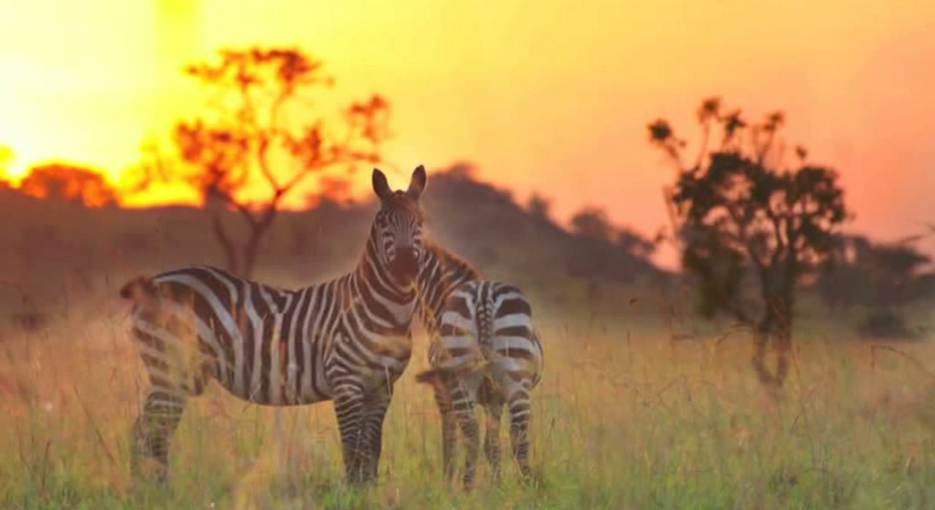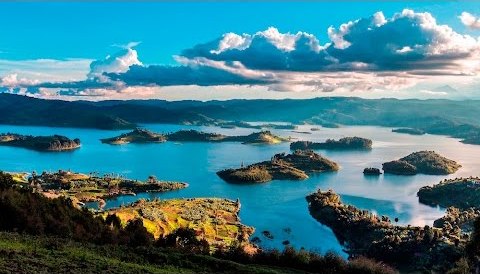At 4,000km² Mt. Elgon has the largest volcanic base in the world. Located on the Uganda-Kenya border it is also the oldest and largest solitary, volcanic mountain in East Africa. Its vast form, 80km in diameter, rises more than 3,000m above the surrounding plains. The mountain’s cool heights offer respite from the hot plains below, with the higher altitudes providing a refuge for flora and fauna.
Mount Elgon National Park is home to over 300 species of birds, including the endangered Lammergeyer. Small antelopes, forest monkeys, elephants and buffalos also live on the mountainside. The higher slopes are protected by national parks in Uganda and Kenya, creating an extensive trans-boundary conservation area which has been declared a UNESCO Man & Biosphere Reserve.
A climb on Mt. Elgon’s deserted moorlands unveils a magnificent and uncluttered wilderness without the summit-oriented approach common to many mountains: the ultimate goal on reaching the top of Mt. Elgon is not the final ascent to the 4321m Wagagai Peak, but the descent into the vast 40km² caldera.
Geography and Climate
The climate is moist to moderate dry with an annual rainfall of over 1,270mm. The dry season runs from June to August, and December to March, although it can rain at any time of the year on the mountain.
Mt. Elgon, a solitary volcano, is one of the oldest in East Africa. It was built up from lava debris blown out from a greatly enlarged volcanic vent during the Pliocene epoch and rises to a height of about 4320m above sea level. The geology of the area is dominated by basaltic parent materials and strongly weathered granites of the Basement Complex.
The area receives a bimodal pattern of rainfall, generally, with the wettest period occurring from April to October. The mean annual rainfall ranges from 1500 mm on the eastern and northern slopes, to 2000 mm in the southern and the western slopes. The mean maximum and minimum temperatures are 23° and 15 °C respectively. Mid-slopes oriented towards the east and north, at elevations between 2000 and 3000m tend to be wetter than either the lower slopes or the summit.




